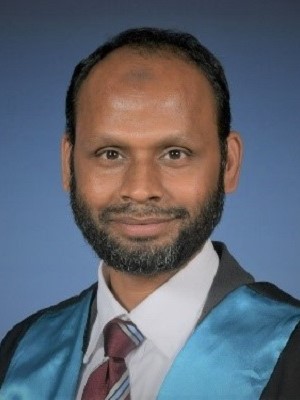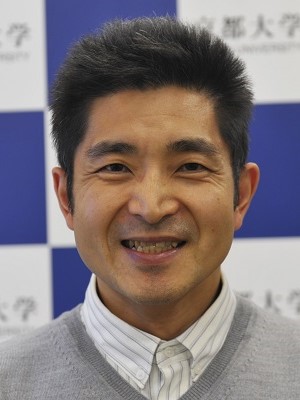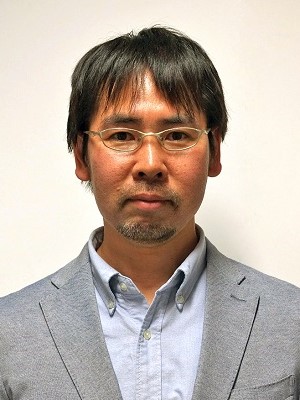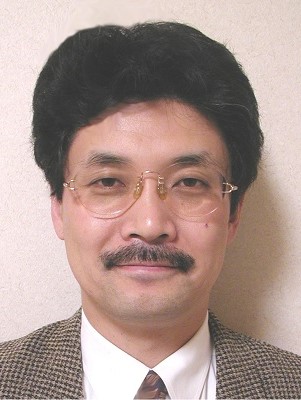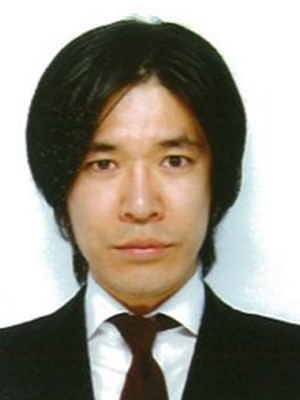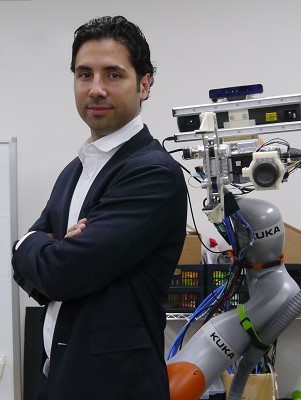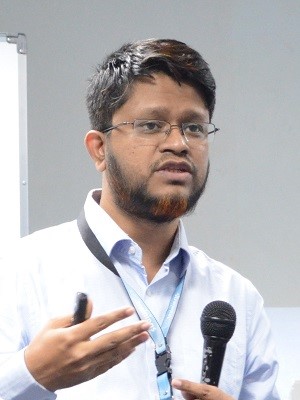
Hossen Asiful Mustafa
Bangladesh University of Engineering and Technology (BUET)
Robust Pose-Based Multi-view Gait Recognition using Recurrent Neural Network
Abstract: Recognizing individual people from gait is still a challenging problem in computer vision research due to the presence of various covariate factors like varying view angle, change in clothing, walking speed, load carriage, etc. Most of the earlier works are based on human silhouettes which have proven to be efficient in recognition but are not invariant to change in illumination and clothing. In this research, to address this problem, we present a simple yet effective approach for robust gait recognition using a recurrent neural network (RNN). Our network with GRU architecture is very powerful in capturing the temporal dynamics of the human body pose sequence and performing recognition. The experimental results on challenging CASIA A and CASIA B gait datasets demonstrate that the proposed method has achieved state-of-the-art performance on both single-view and cross-view gait recognition which proves the effectiveness of our method.
